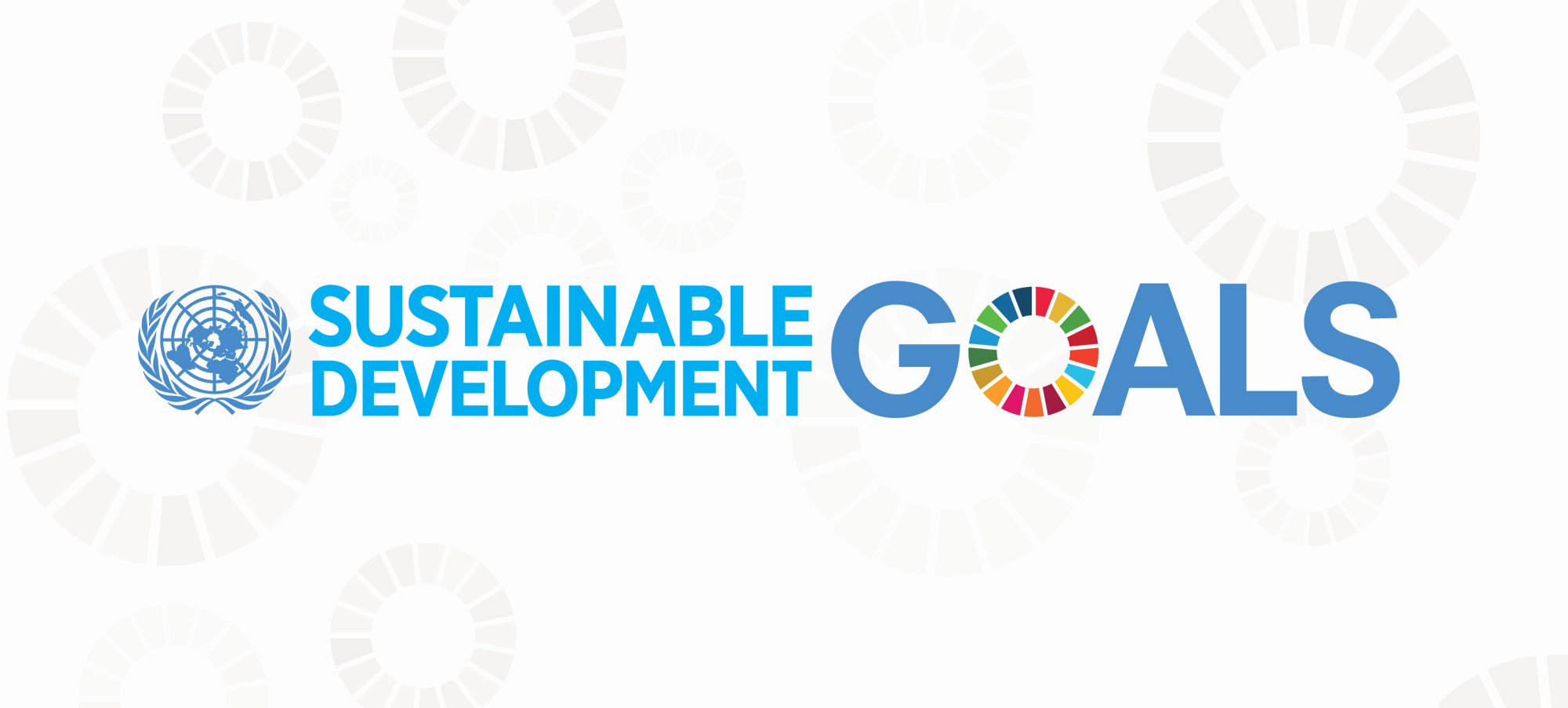Global inequality has reached enormous dimensions - despite international efforts it continues to increase in many areas of life: 1% of the world's population still has more wealth than the rest of the world all together, the number of billionaires has never grown as fast as in 2017 - it increased every other day. According to a recent study by OXFAM, there are currently more than 2000 USD billionaires worldwide.
Although the number of people living in extreme poverty on less than 1.90 US dollars a day has halved between 1990 and 2010, more than half of the world's population still lives on an income of between 2 and 10 US dollars a day. The global income gap between countries, measured by gross national income per capita, continues to widen.
The causes of the gap between rich and poor, centre and periphery, north and south are diverse and the significance of global inequality goes far beyond the differences in the distribution of wealth and income. Global inequality destroys social cohesion, endangers democracy and damages the environment.
Following the adoption of the sustainable development goals, the issue was discussed for the first time in history by almost all countries worldwide: If we want to make our planet a habitable place for future generations, poverty and inequality must be combated; only then can ecosystems be preserved for the future.
The fight against inequality is represented by sustainability goal number 10, through which the international community has set itself the goal of reducing inequalities within and between countries by 2030, achieving income growth for the poorest 40% of the population or giving developing countries more decision-making power in international economic and financial institutions (to name only a few sub-goals).
The "Teaching and Learning Unit Global inequality" offers teachers and educators 6 units/methods (30 minutes to 2 hours) focusing on different aspects of global inequality.




